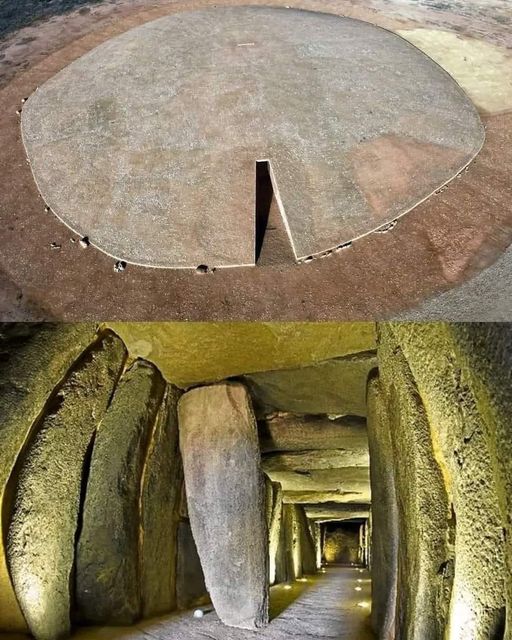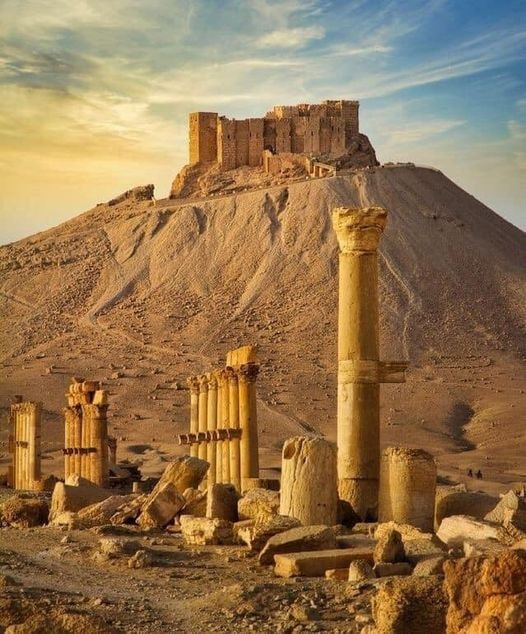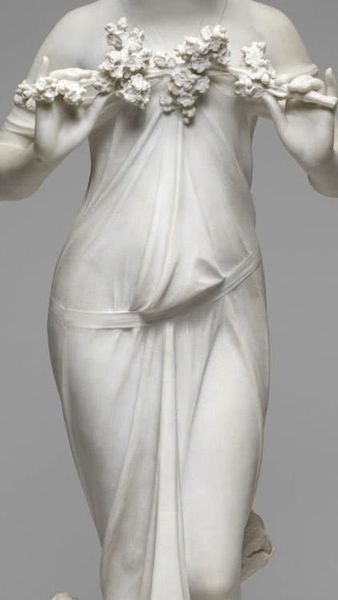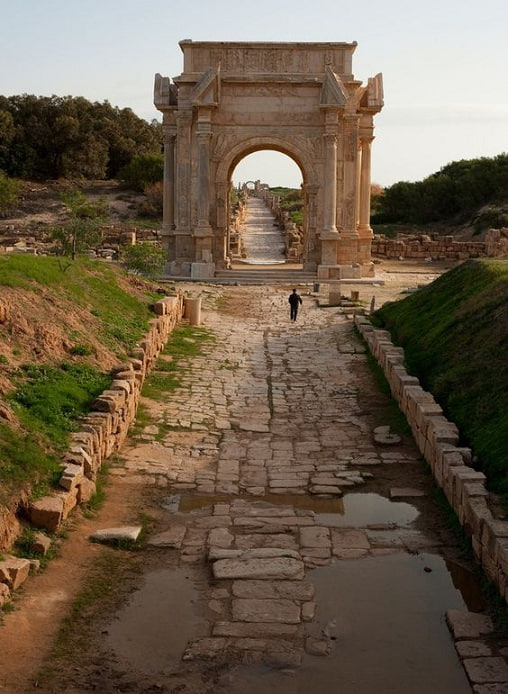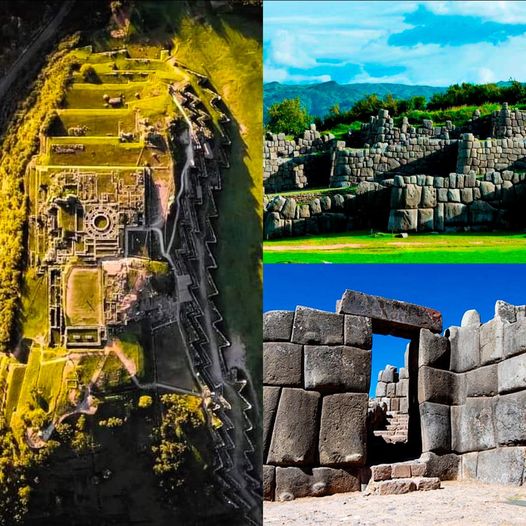In the pantheon of sculptures that convey the depths of human emotion, Jean-Baptiste Carpeaux's 'Ugolino and His Sons' stands out as a masterpiece of expressive art. A recent photograph highlighting the intricate details of the sculpture's interlocking hands has once again brought this magnificent work into the public eye, reminding us of the timeless power of artistic expression .
Carved out of marble in the 19th century, Carpeaux's work captures the harrowing tale from Dante Alighieri's "Inferno", where Count Ugolino della Gherardesca is imprisoned and left to starve with his sons and grandsons. The Count's despair and helplessness are immortalized in the tension and veins of the clasping hands, each finger wrought with a despair so palpable that one cannot help but feel a pang of the Count's doomed fate.

The photograph emphasizes the dramatic realism Carpeaux infused into the sculpture. It brings into sharp focus the sheer skill with which he carved the human anatomy, revealing muscles, bones, and sinews under the stress of agony. The hands alone tell a story of desperation, paternal love, and an indomitable will struggling against an inevitable fate.
'Ugolino and His Sons' is not just a representation of a scene from a story; it is a meditation on the human condition. Carpeaux's attention to detail, seen in the photograph, allows the viewer to feel the texture of the skin, the tension in the bones, and the overwhelming surge of emotions that flow through the hands.
This level of craftsmanship speaks volumes about Carpeaux's dedication to realism and the emotional state of his subjects. By focusing on the hands, the photograph highlights the universal language of touch, desperation, and the connection between beings bound by blood and doom.
The sculpture, housed in the Metropolitan Museum of Art in New York, continues to evoke awe and empathy, a testament to Carpeaux's mastery. The hands, a symphony of suffering and skill, beckon us to look closer and to reflect on the sorrows of history, the bonds of family, and the enduring nature of art to capture the most profound human experiences.
In an era where digital images are fleeting, this photograph of 'Ugolino and His Sons' asks us to pause and contemplate the enduring legacies we leave behind. As much as it is a celebration of Carpeaux's artistic genius, it is also a moment of communion with our own humanity—a reminder of the power of art to move, to disturb, and to connect with the very core of what it means to be human.






